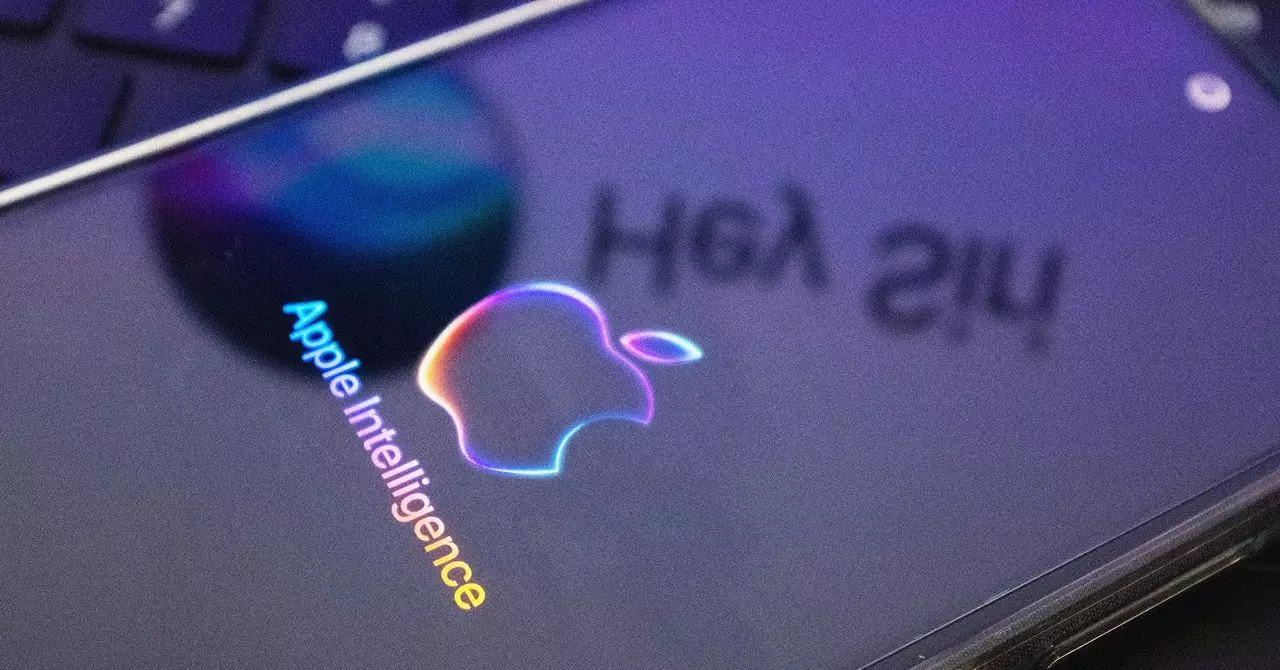The inception of Siri was not merely a technological venture but an audacious leap into the future, championed by the visionary Steve Jobs. His involvement symbolized a personal passion for innovation and an unyielding belief in the transformative power of artificial intelligence. Tom Gruber, one of Siri’s co-founders, highlights Jobs’ hands-on engagement throughout the acquisition process, which underscores a fervent desire to integrate Siri within Apple’s ecosystem. Yet, the reality of what Siri delivered was shrouded in skepticism. While Jobs saw potential, others questioned whether the early iterations could evolve beyond limited functionalities.
The Facade of Functionality: A Digital Assistant’s Flawed Foundations
The early design of Siri promised much but fell drastically short in execution. Former Apple executive Richard Williamson’s candid remarks reveal that Siri, at its core, operated on a facsimile of intelligence rather than genuine understanding. Described as a “hot mess,” Siri’s initial capacity was plagued by a simplistic dependency on keyword matching, lacking the nuanced mechanisms of natural language processing. This results in a digital assistant that, while innovative for its time, represented more of a prototype than a market-ready tool.
What became apparent was that Siri’s development was more of a well-crafted presentation than an actual solution. The technology was not adaptive or intelligent enough for broader use. As the digital assistant evolved alongside competitors like Google Assistant and Amazon’s Alexa, Siri struggled to keep pace, appearing less capable and versatile. This dissonance between expectation and reality fueled a growing dissatisfaction among users who had anticipated a more sophisticated experience.
Data Dilemmas: Balancing Privacy and Performance
One significant factor contributing to Siri’s shortcomings relates to Apple’s stringent privacy policies. In a realm where data is often the currency of innovation, Apple’s commitment to user privacy presents a double-edged sword. While this commitment has fostered a loyal user base that values confidentiality, it also creates limitations in how effectively Siri can operate. As Gruber suggests, this valorization of privacy could inadvertently hinder the tool’s intelligence.
In contrast, other technologies thrive on data aggregation, with companies like OpenAI leveraging expansive datasets to enhance their offerings. In doing so, they deliver richer, more nuanced user experiences. Apple’s decision to prioritize privacy represents a sophisticated ethical stand but at the cost of performance relative to its competitors. Thus, while Apple may cultivate a sanctified image of data stewardship, it must navigate the tricky waters of innovation performance versus user privacy.
The Future of Siri: Navigating Towards Evolution
The upcoming iterations of Siri showcase an attempt to merge local processing with remote capabilities, utilizing a hybrid model that taps into both on-device intelligence and broader AI resources. By integrating a small language model directly into the iPhone, Apple seeks to enhance responsiveness while relegating more complex queries to external servers like OpenAI. While this approach addresses some overarching limitations, it further raises questions about the implications of user consent in data sharing.
Despite advancements, the scale of parameters when comparing Apple’s on-device models to those of OpenAI reveals a stark disparity. Siri’s limited functionality is a symptom of closer integration with minimal data usage, seemingly carving a niche where ease of use comes at the potential cost of comprising experience. Consequently, while Apple aims to foster a more obedient and dependable Siri, it faces hurdles stemming from its own principles — ensuring privacy without sacrificing performance.
In the rapidly evolving arena of artificial intelligence, Siri stands at a crossroads. The path it takes will not solely define its functionality but also reflect Apple’s underlying ethos of privacy and user trust. As the digital landscape evolves, so too must the mechanisms through which Siri interacts with users, all while safeguarding their personal data. This juxtaposition heralds a critical juncture for Apple, forcing it to reconcile its historical values with the demands of an increasingly sophisticated user base. The journey towards revitalizing Siri is emblematic of a broader quest for alignment between intention and execution — a theme as relevant in technology as it is in any innovation-driven enterprise.


Leave a Reply